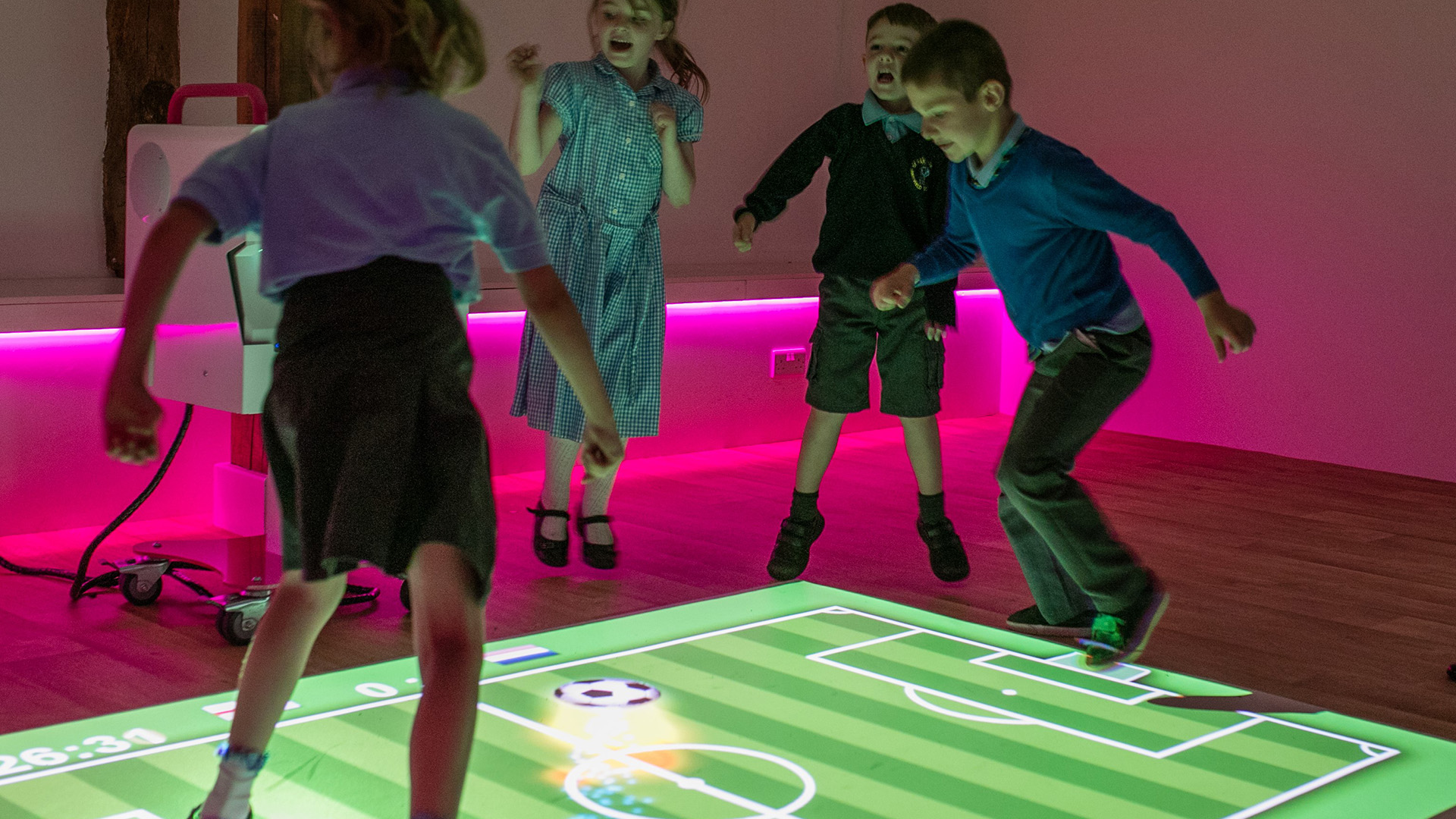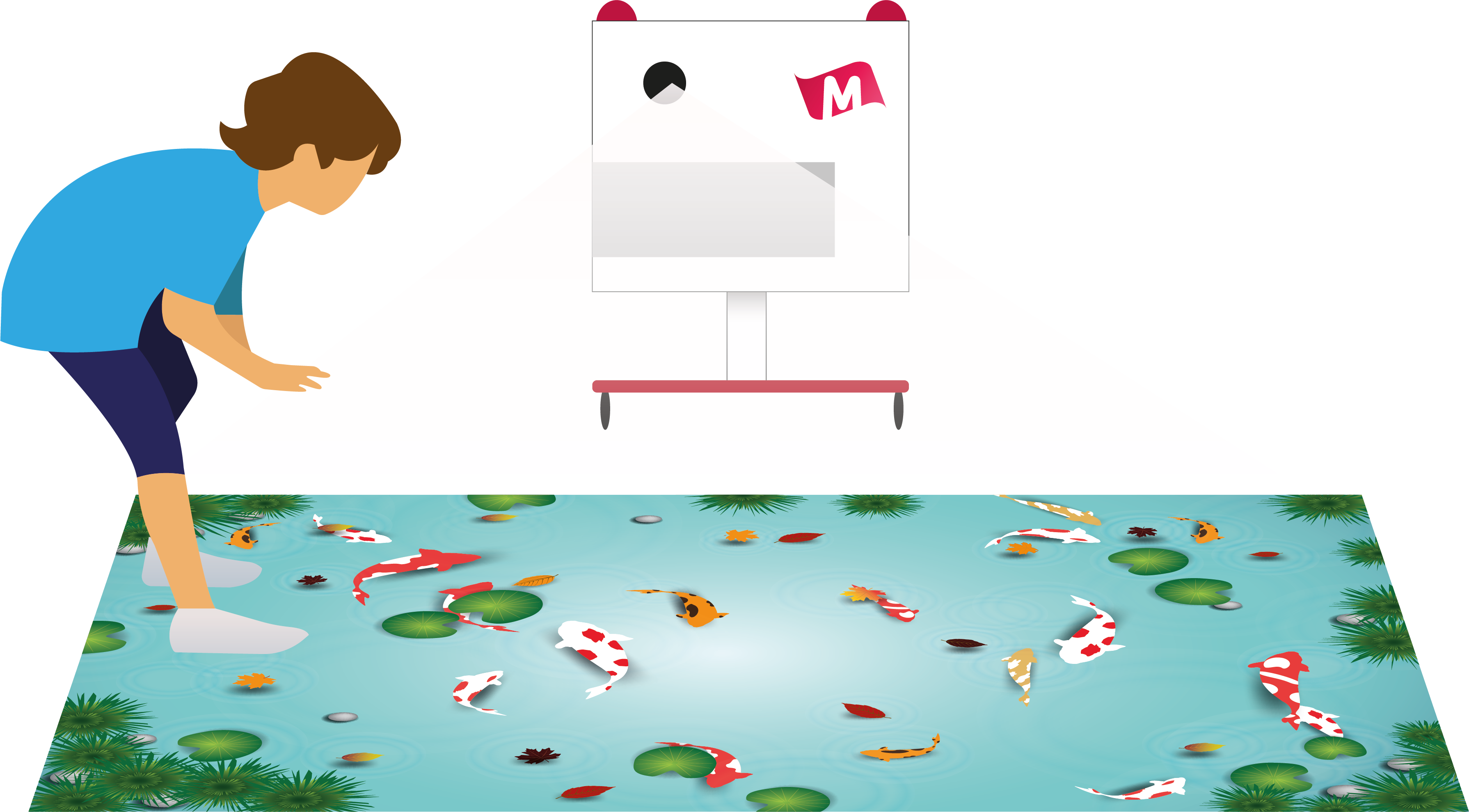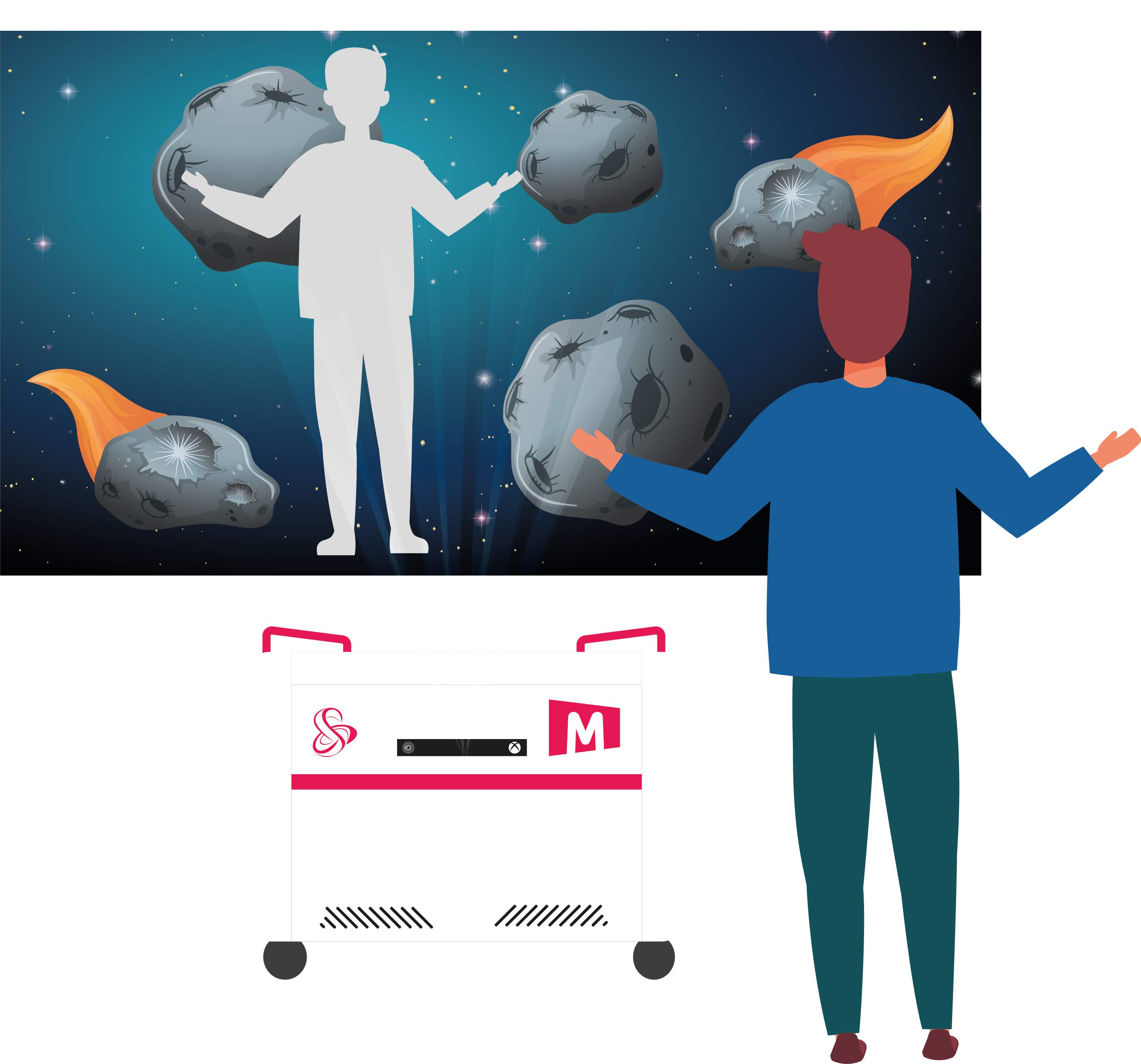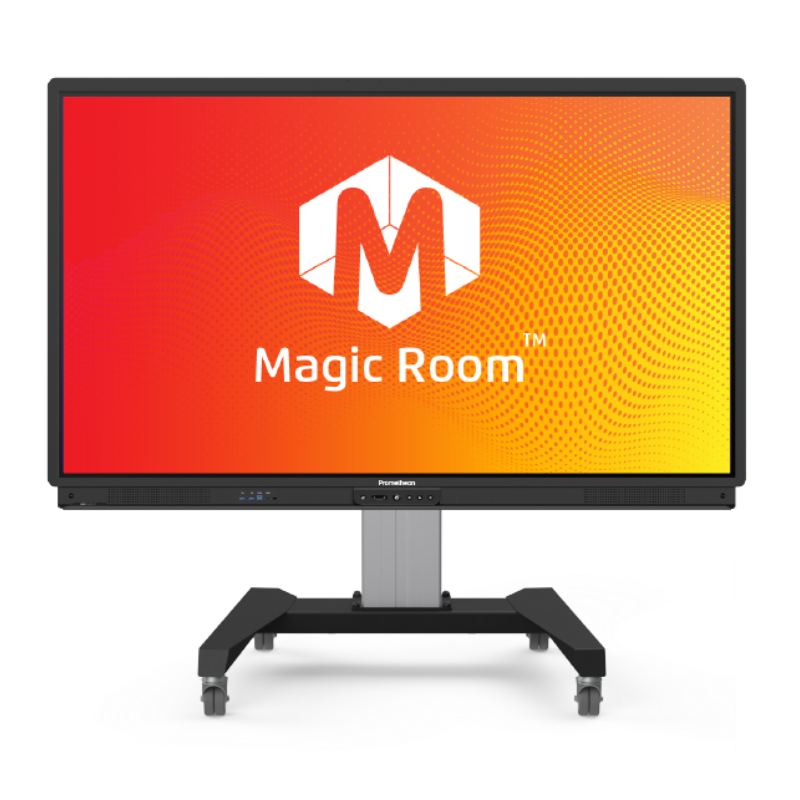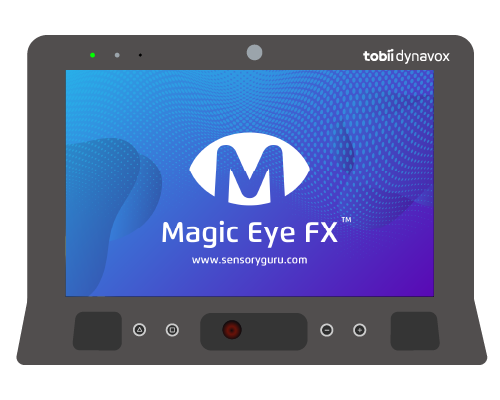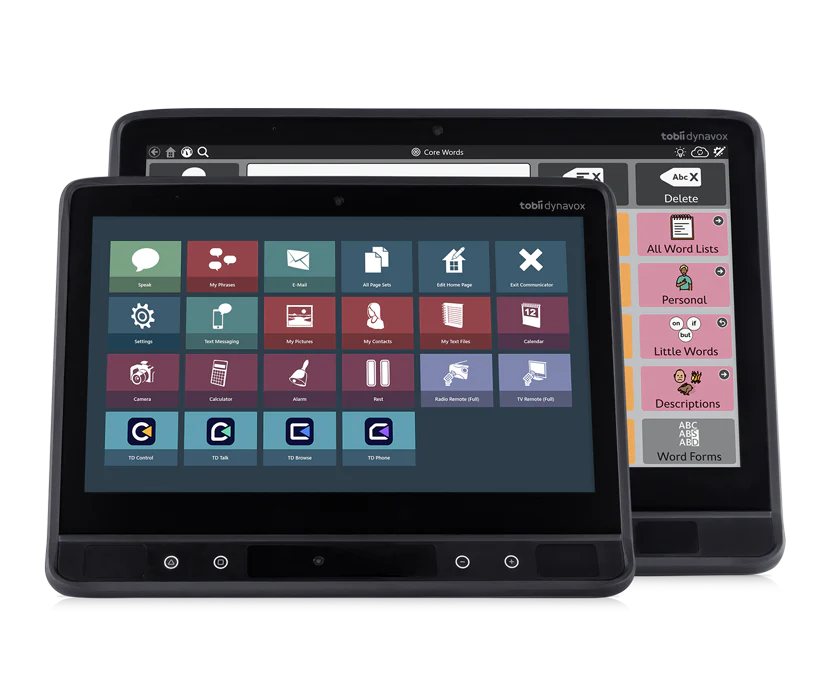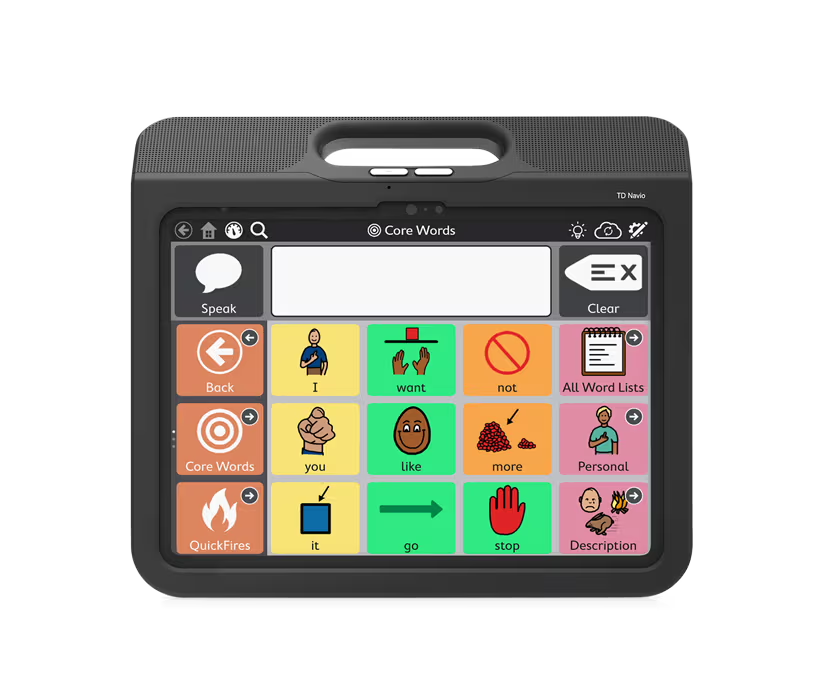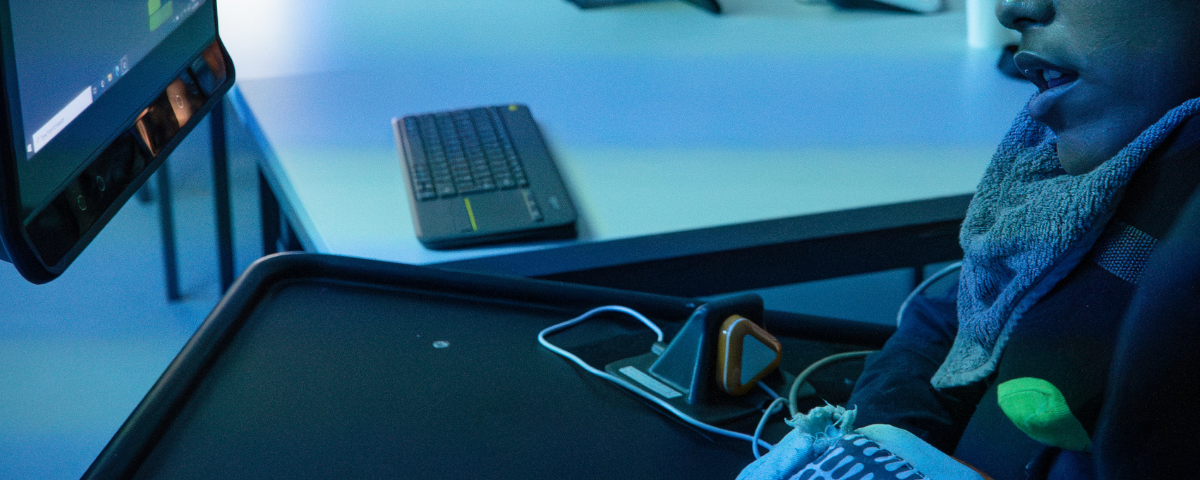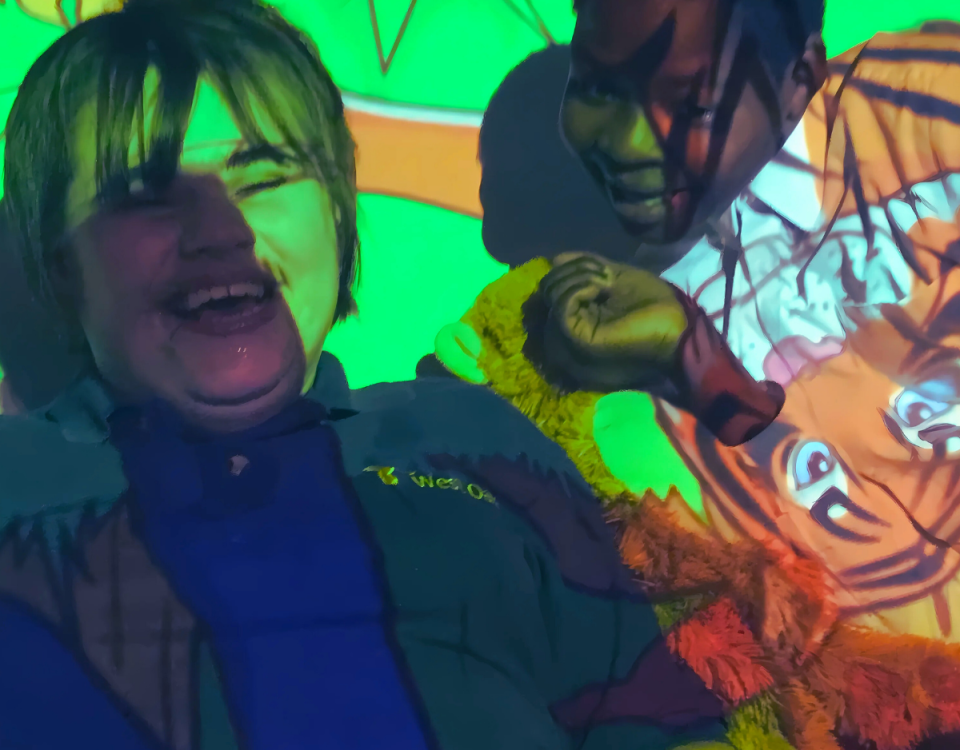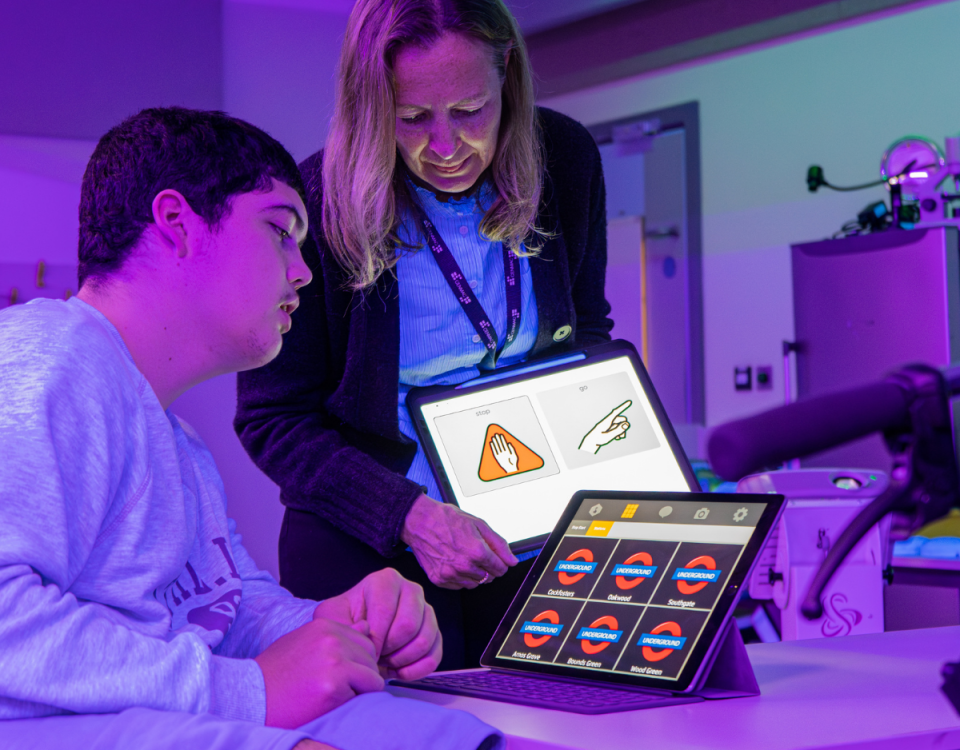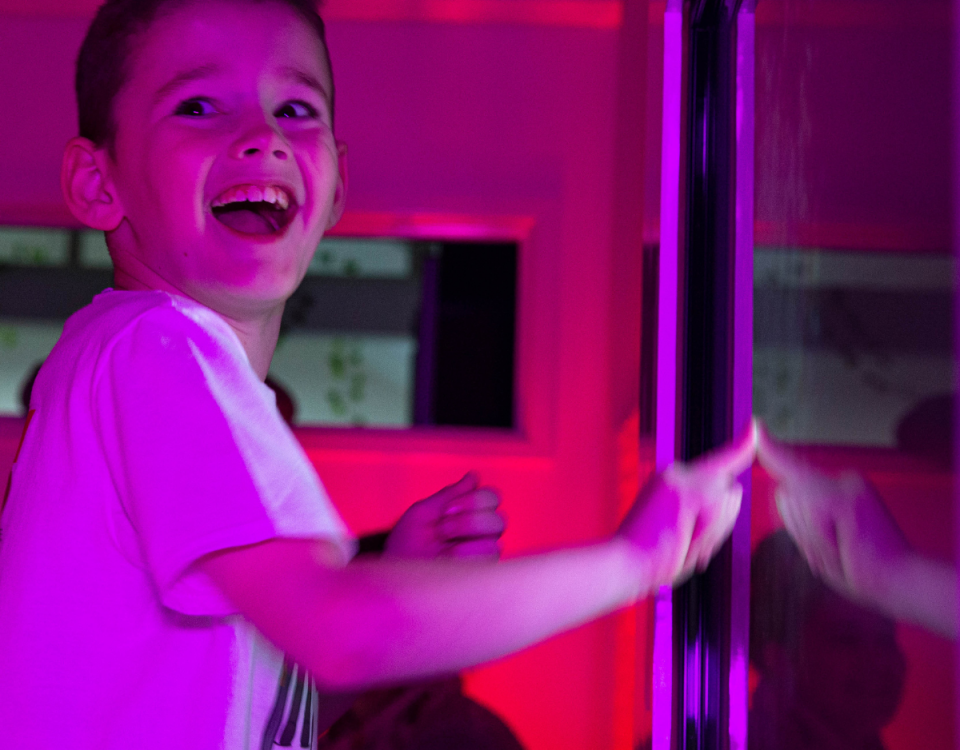
Addressing the Crisis of Abuse in Schools: A Call for Transformative Change
June 20, 2024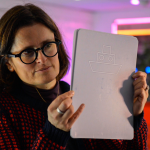
Meet Lisa Donaldson, Head of Eyecare at SeeAbility
December 26, 2024Lisa Donaldson, Lead Clinical Optometrist at SeeAbility, explores the critical relationship between eye care and complex needs, emphasising the importance of early assessment and ongoing support for children. With startling statistics highlighting unmet needs, Lisa also shares how optometrists can assess a child’s eyesight effectively, even when traditional sight tests are not feasible.
The Eye Care Needs of Children with Complex Needs
Children with complex needs are 28 times more likely than their peers to have problems with their eyes or vision. Lisa explains:
“Half of this population has some kind of visual problem, with between 30 and 40% needing glasses. It’s astounding that, up until now, there’s been such huge unmet need, and the children’s visual needs are so poorly understood.”
This significant gap in understanding and care underscores the need for greater awareness and specialised services.
The Barriers to Traditional Sight Tests
Lisa highlights that traditional expectations of a sight test can pose challenges for children with complex needs:
“When you and I go for an eye test, we expect to look at a letter chart, read the letters, and choose which lens makes things look clearer—‘Is it number one, or number two?’ It’s quite a fine, difficult choice to make to get a pair of glasses.”
For children with complex needs, this process is not always practical.
How Optometrists Assess Vision for Children with Complex Needs
Lisa explains that optometrists don’t need verbal responses or traditional tests to determine if a child needs glasses:
“To work out how a child is focusing, all an optometrist needs to do is shine a light in the child’s eye from arm’s length. Then, they can prescribe accurately to correct their focusing error.”
This simple but effective method ensures that children who cannot engage with traditional sight tests can still receive accurate diagnoses and appropriate care.
Key Facts About Eye Care and Complex Needs
-
Higher Likelihood of Vision Problems:
Children with complex needs are 28 times more likely than their peers to have visual impairments. -
Significant Need for Glasses:
Between 30–40% of children with complex needs require glasses. -
Unmet Needs:
Historically, the visual needs of children with complex needs have been poorly understood, leading to huge gaps in care. -
Accessible Assessments:
An optometrist can determine if a child needs glasses simply by shining a light in their eyes at arm’s length.
The Importance of Accessible Eye Care
Lisa’s insights demonstrate that addressing the visual needs of children with complex conditions doesn’t have to be complicated. By using specialised approaches tailored to these children, optometrists can ensure they receive the support they need to thrive.
For more information on SeeAbility’s work and how they are addressing the unmet needs of children with complex needs, visit SeeAbility.


